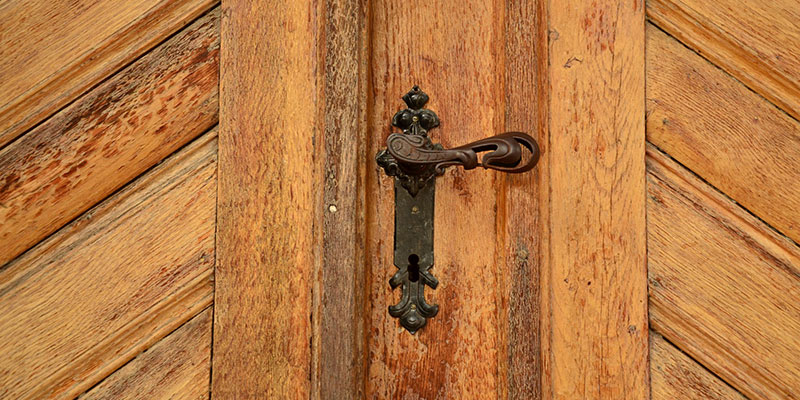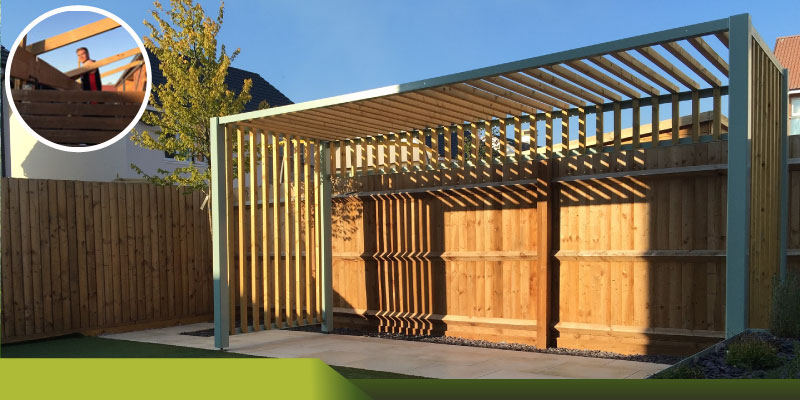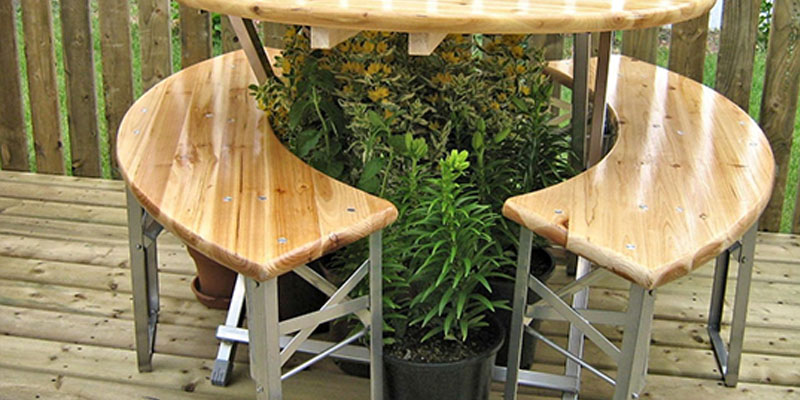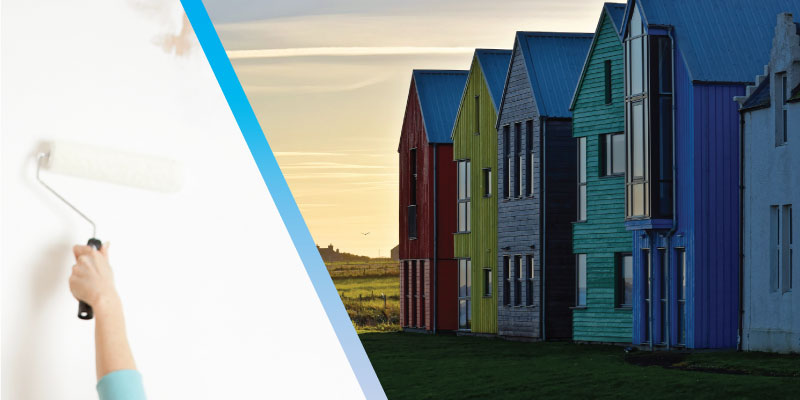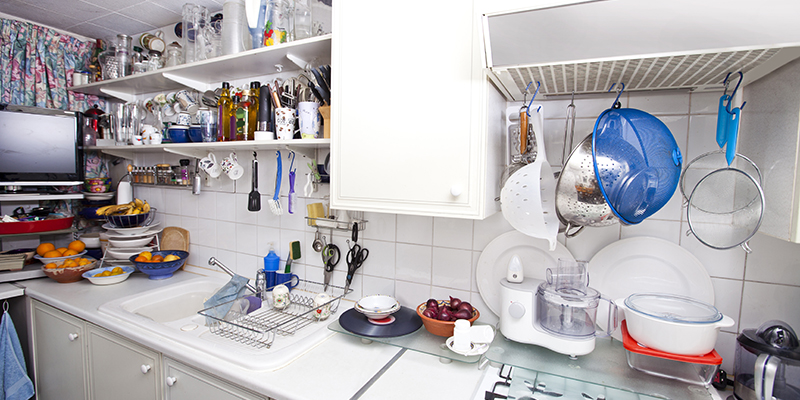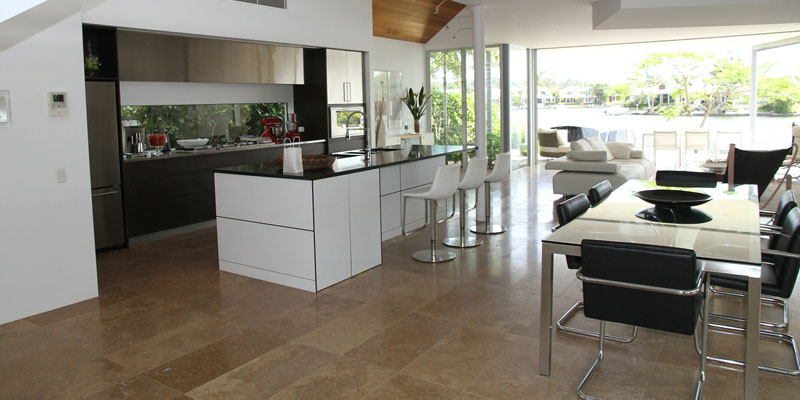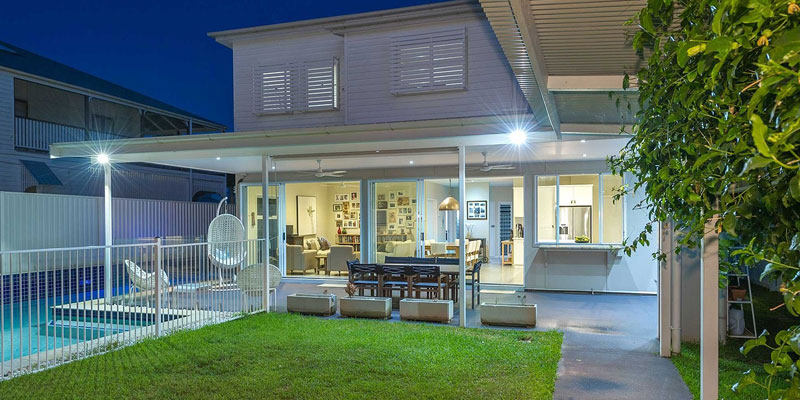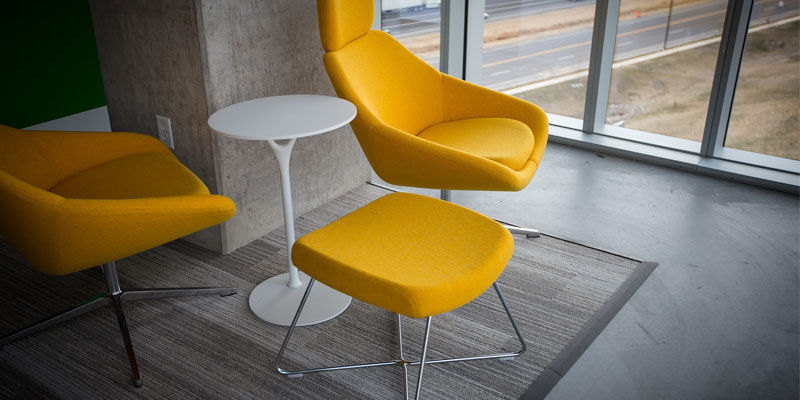People would probably rather go to the dentist and have a few teeth pulled than build a gate for their fence. In subdivisions you often see fences with the tops of the posts untrimmed or gates unfinished. Why? It’s because they are some of the most difficult jobs to do. When it comes to trimming the tops of posts with a circular saw, the margin for error is quite high and the cut can look very ugly at the end so instead of doing it people just leave it. The same is true with gates. Sometimes people go in the other extreme. They think, I can build a gate no problem but the end result is terrible. What they build is this big bulky monstrosity of a thing that will probably sag in a few days and not latch properly.
There is a way out. When it comes to building a gate, think simple and light. Your fence is going to last a long time, and you want the same to be true of your gate. If you build a heavy gate, the longevity will not be there. After things start to settle and the timber dries out, you’re left with an ugly looking gate.
To build the ultimate wooden gate, you will need the following items:
Wooden Boards
six – 2X4X8 feet (2 inches X 4 inches X 8 feet)
eight – 1X6X8 feet (1 inch X 6 inches x 8 feet)
Other Materials
two – T hinges
one – latch
one – small box of 3 inch screws
one – small box of 2 inch screws
First of all, you need to think of different variables that will affect the way you build your gate. Do you have a small dog? Are you worried that it will get out? Normally people like to build gates that have a 3 to 6-inch gap at the bottom. If you have small dogs, you will want to build it a little bit lower to the ground. Be careful though! Remember that after fences and gates go up there can be a little movement in the gate so don’t go too tight to the ground. Allow for at least 2 inches.
Once you have figured out where the gate will end, you can go ahead and start measuring things. Take a measurement of the width of the opening on the top and bottom. Minus one inch from that measurement to allow room for your latch.
Remember to minus three inches from the total of your height to make up for the allowance of the top and bottom board. If you don’t do this, your gate will be 3 inches taller than you wanted and it might not fit. Screw the gate together like your building a wall. Next, you will need two pieces of wood running horizontally on the top and bottom of the gate. Cut and install them.
Now make a mark on the post where you will mount the gate. Remember that all gates should turn in. When you open it, it should swing into the yard. There isn’t a written rule, but this is normal practice. With two screws, mount the gate on the post to the proper position. Make sure these screws are in a spot that you can unscrew later. These are temporary, but makes things a lot easier. If it’s mounted, it won’t move around when you install the hinges and other hardware.
Once it’s temporarily mounted to the post how does it look? Is it level? Is it sagging? If it needs to be raised, grab a cut of piece of wood and put it under the gate until it is level. To make sure it stays the way you want it, you will need to install a brace. Install a brace on a diagonal from the bottom hinge to the opposite side. This is very import because it will ensure that your gate stays straight. Braces are simple to install. Take a piece of 2 inch by 4 inch wood roughly the same size of the diagonal of the gate. Place it on the back of the gate and with your pencil, trace the inside of the board so it will fit inside the gate. Once it’s traced out, cut it and install it.
Now you can install your two T hinges. Sometimes the screws that they give you with the hinges are not very good. Make sure the screws are at least 3 inches. Once the two hinges are in you can go ahead and take out your two temporary screws. You’re almost there. Open and shut the gate a few times to see how it works.
Next you will install your 1 inch by 6 inch boards vertically. Take a measurement from the top to the bottom. You can minus at least half an inch because you will be installing another board over it horizontally so no one will see the gap. After you have installed your boards vertically, go ahead and measure the width of the top and bottom of the gate in between the 2 inch by 4 inch boards. You will install a horizontal 1 inch by 6 inch board on the top and bottom.
Just one more step. Now you can go ahead and install your latch. Again, there is no set height to install your gate. People normally install it at about 3 inches from the ground. If that doesn’t feel like a comfortable height, then go ahead and switch it.
That’s it. You have conquered the gate world. Now, not only will you have a nice gate, it’s going to stand the test of time and it will probably make your neighbours jealous when you tell them you did it yourself.
Of course, if you don’t have the time to build your own gate, The 2 Men Property Services would be happy to do it for you.
<Back to our The 2 Men Handyman Brisbane page.

